Image
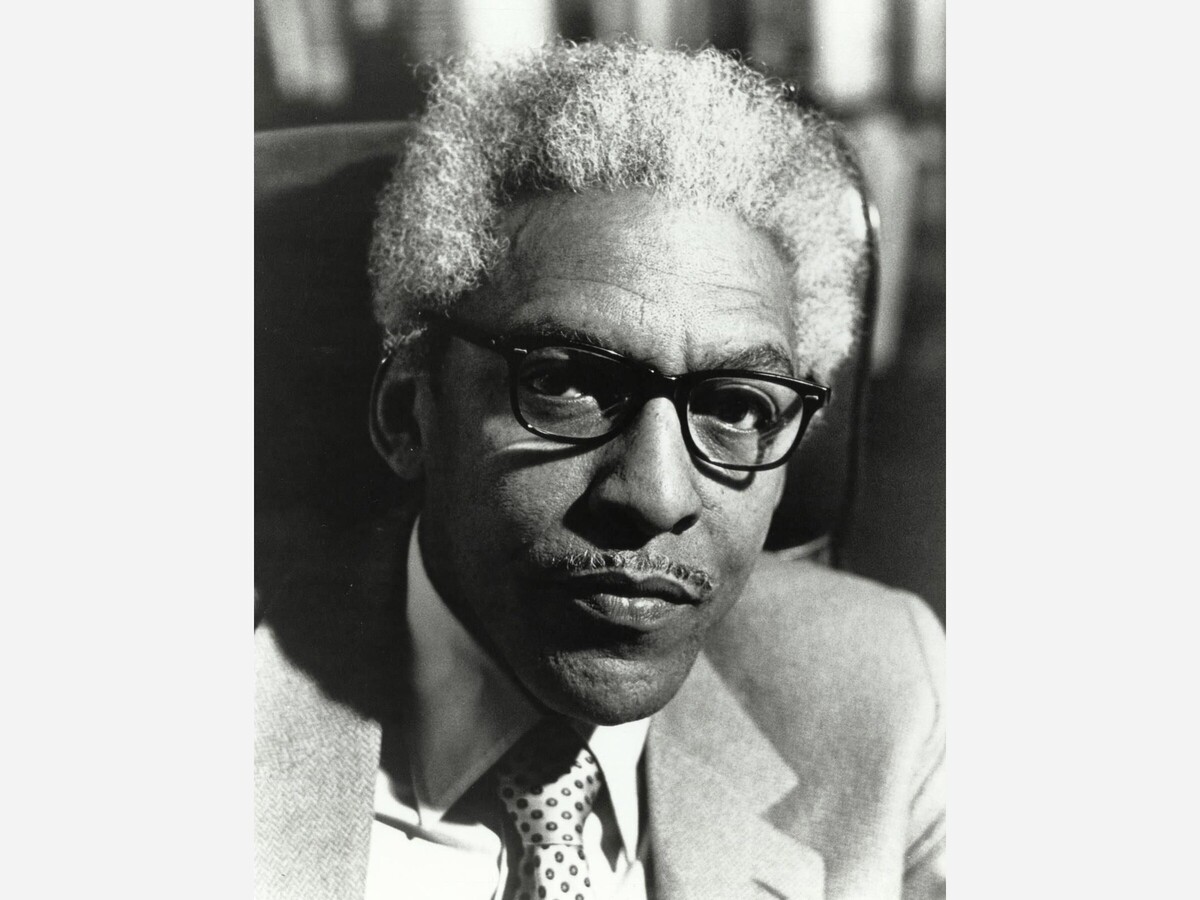

This is an as-told-to essay based on a conversation with Walter Naegle, an artist and photographer who is the surviving partner of Bayard Rustin, the late American Civil Rights leader. The essay has been edited for length and clarity.
Bayard Rustin and I met in 1977. I was 27 years old and he was 65. We met quite by chance, waiting for a light to turn on a street corner in Times Square. We looked at each other and started talking.
Bayard was somebody whose history I knew because I had a strong interest in the Civil Rights Movement and in nonviolent direct action from the time I was a teenager. Bayard's name was always one that I came across when I read about these things.
So I had a good sense of who he was, what he stood for. Because we shared a set of values and ideals, we were very compatible as a couple.
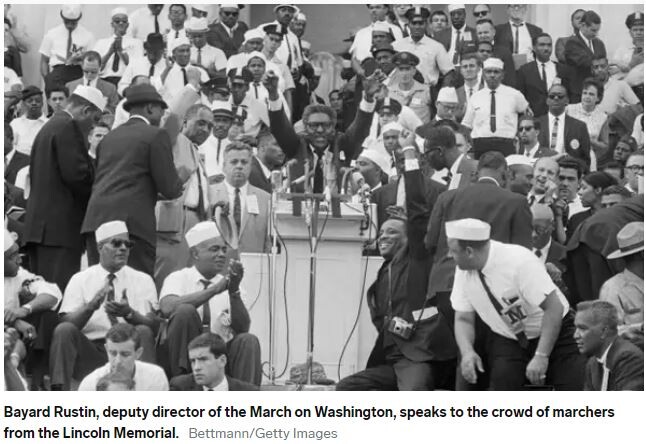
Bayard loved the arts, spicy food, and doodling
If there was anything I was surprised about Bayard, it was how approachable and friendly he was. In the news footage you see of him, he was fierce, either protesting or speaking out against some form of injustice.
But in his private life, he was really quite a gentleman — very gentle, loving, and generous in terms of spirit. He was a lot of fun, with a great sense of humor, and had a deep appreciation for the arts. He had a wonderful collection of art from all over the world, partly from his travels and partly from his years of collecting. He was a person of great interest and had many interests of his own.
There are a lot of little personal details: the way he dressed, the way he carried himself, the things he liked to eat. He was very much into hot and spicy foods — a taste I believe he acquired during the time he spent in India in 1949 to study the Gandhian philosophy of nonviolence.
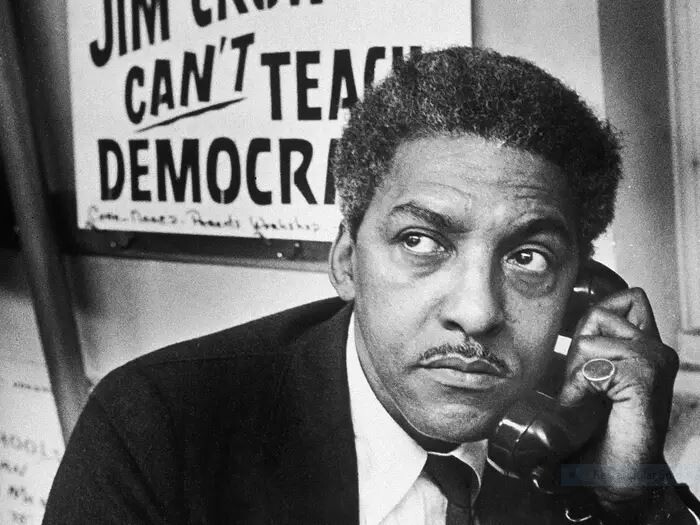
Bayard was a very creative person. He sang at demonstrations and used his voice as a way to bring people together, or to move through a particularly difficult moment in a demonstration. He would sing and things would lighten up.
He was also a fabulous doodler. I don't think most people know that, but if they had a chance to look through his files and papers, they would see very organized, detailed, and geometric doodles that he used to do on correspondence that he received, or memos, notes, or schedules.
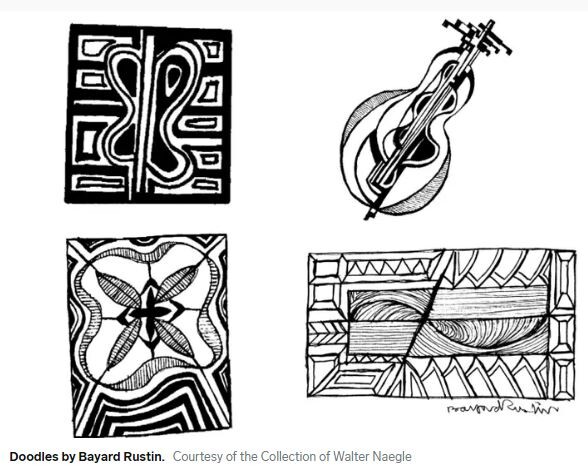
It was a reflection of the kind of brain he had — one that was very disciplined and organized, ideal for the type of work he did for the Civil Rights Movement. Bayard would have to bring lots of people together and think through every possible thing that could go wrong, as well as thinking through what they wanted to go right. He was a great planner and strategist, and I think that shows in his doodles.
Marginalized from activism
Bayard was very active up until the time he died in 1987. When he was one of Dr. Martin Luther King Jr.'s closest advisors, he was working 24/7 on civil rights activism.
However, occasionally he would be set aside or pushed out, mostly because he was gay and didn't hide it. Sometimes he would have to go into exile temporarily. He would often keep his work behind the scenes.
By the time I met him, a lot of that had calmed down and he was able to return to the interests he'd had in the 1940s. A lot of that had to do with international human rights. He was very active with the International Rescue Committee and refugee resettlement, immigrant rights issues, and democracy promotion in different parts of the world.
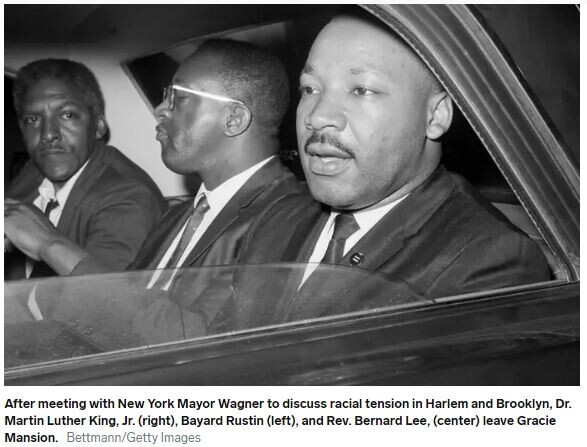
Becoming active in the LGBT rights movement
I know I've been credited with urging Bayard to engage more actively in gay rights activism in the 80s, but I'm not sure how true that is. What I did do is that I didn't tell him not to.
There may have been other people who worked with him earlier in his career who advised against working with gay rights activist groups and may have prevented any kinds of requests from LGBT groups from hitting his desk. But I was open to pretty much anything that came in. Sometimes he would ask me what I thought, and I would encourage him.
Bayard was at a point in his life where he was in a very stable and loving relationship. He perhaps was a little more comfortable about speaking openly and working with LGBT groups — not that he was ever uncomfortable with himself, but more because his identity had been weaponized against him and used to keep him in the margins, to keep him from rising to the level where he might have been able to. But those things were behind him now.
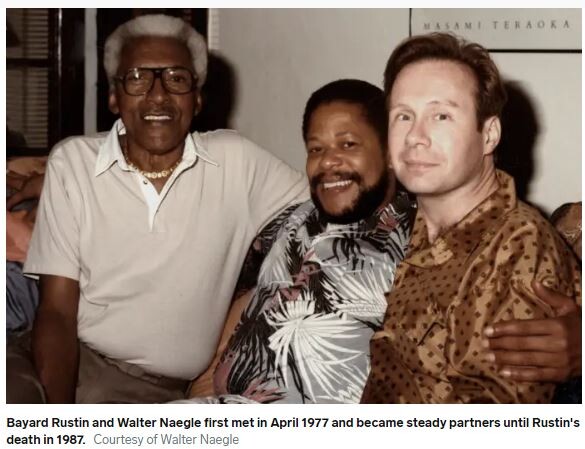
Protecting our union through adoption
In the early 80s, we saw an article in an LGBT publication about a couple who tried to adopt but were denied the right. Bayard got a twinkle in his eye and suggested that maybe we should try that.
Given the difference in our ages, it made sense to try to guarantee a legal relationship. Assuming that we would both live out our natural lifespans, he was going to die before I was. He wanted to be in a position where I would be able to make decisions for him if he was hospitalized or suffering from dementia.
Bayard also wanted me to be able to inherit his estate — not just property, but also intellectual property rights. He wanted me to be the executor of his will. We thought that if Bayard adopted me, that was one way of cementing a legal relationship because LGBTQ marriage at that point was in the distant future. We went through the legal adoption process in 1982.

A contribution to the democratization of America
Bayard has been gone for 36 years, and his legacy has shifted over time. When he passed, he was remembered mostly for organizing the 1963 March on Washington, which was a triumph not just personally, but also for the Civil Rights Movement.
After that, he was remembered for the other work that Bayard had done for the African American struggle, and for his close relationship with Dr. King.
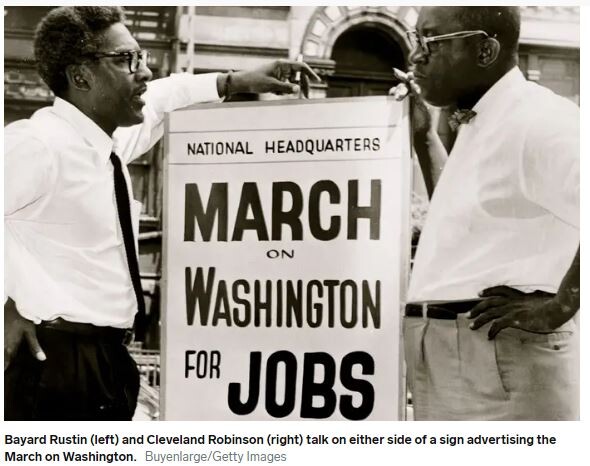
As time goes on, more attention has been brought to the work he did in the last 10, 20 years of his life. He was focused on the promotion of democracy — democratic values, democratic rights — and this stemmed from his early Quaker upbringing. Quakers believe in the oneness of the human family and equality. If countries are truly trying to live up to democratic values, they should be promoting gender equality, LGBTQ rights, economic justice.
The larger picture for Bayard is that he made a tremendous contribution to the democratization of this nation. I think especially in the last six years or so, when we suddenly realized that these things are not a given and can be threatened or taken away, people have started to realize that we need to work hard to hang onto the precious freedoms and values that we have.
We're seeing that in a lot of the activism that takes place now, not just for marginalized groups, but also for voting rights in general, labor rights, economic justice issues. All of those things were near and dear to Bayard's values and Bayard's heart.
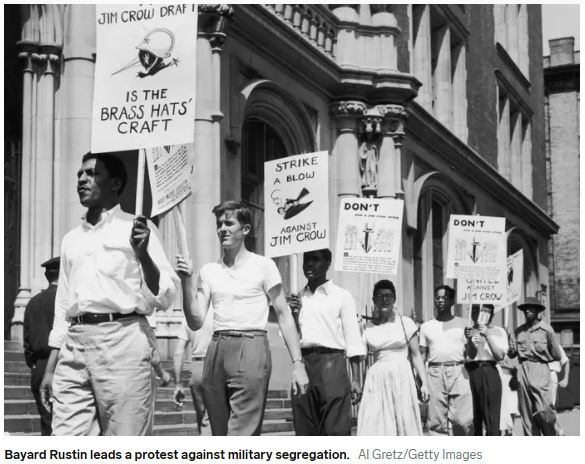
Netflix's "Rustin" film shows the day-to-day work of organizing a demonstration on the scale of the March on Washington. Actor Colman Domingo, who plays Bayard in the film, really captures the person that I knew: Someone with tremendous integrity, dignity, courage, and passion, plus a sampling of humor, lightheartedness, and the ability to really enjoy life and enjoy the work he was doing.
Bayard was doing hard work — they were all doing hard work and they were facing tremendous odds — but they did it with such a spirit of joy, love, and devotion. I think that's what people need to carry with them in their activism. Anger has its place, but if you spend all your time being angry, you're going to burn out pretty quickly.
Bayard was somebody who stayed in the struggle right until the end. Even though he faced obstacles and was marginalized and pushed aside, he always came right back in.
SOURCE: BUSINESS INSIDER